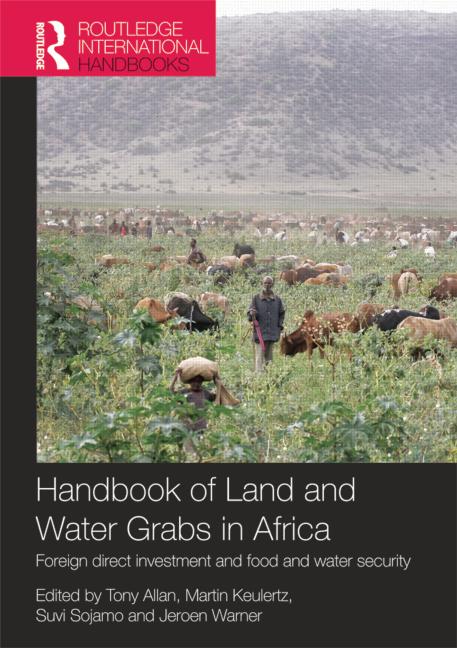India Groundwater Governance Case Study
Groundwater comprises 97 percent of the
worlds readily accessible freshwater and provides the rural,
urban, industrial and irrigation water supply needs of 2
billion people around the world. As the more easily accessed
surface water resources are already being used, pressure on
groundwater is growing. In the last few decades, this
pressure has been evident through rapidly increasing pumping
of groundwater, accelerated by the availability of cheap




